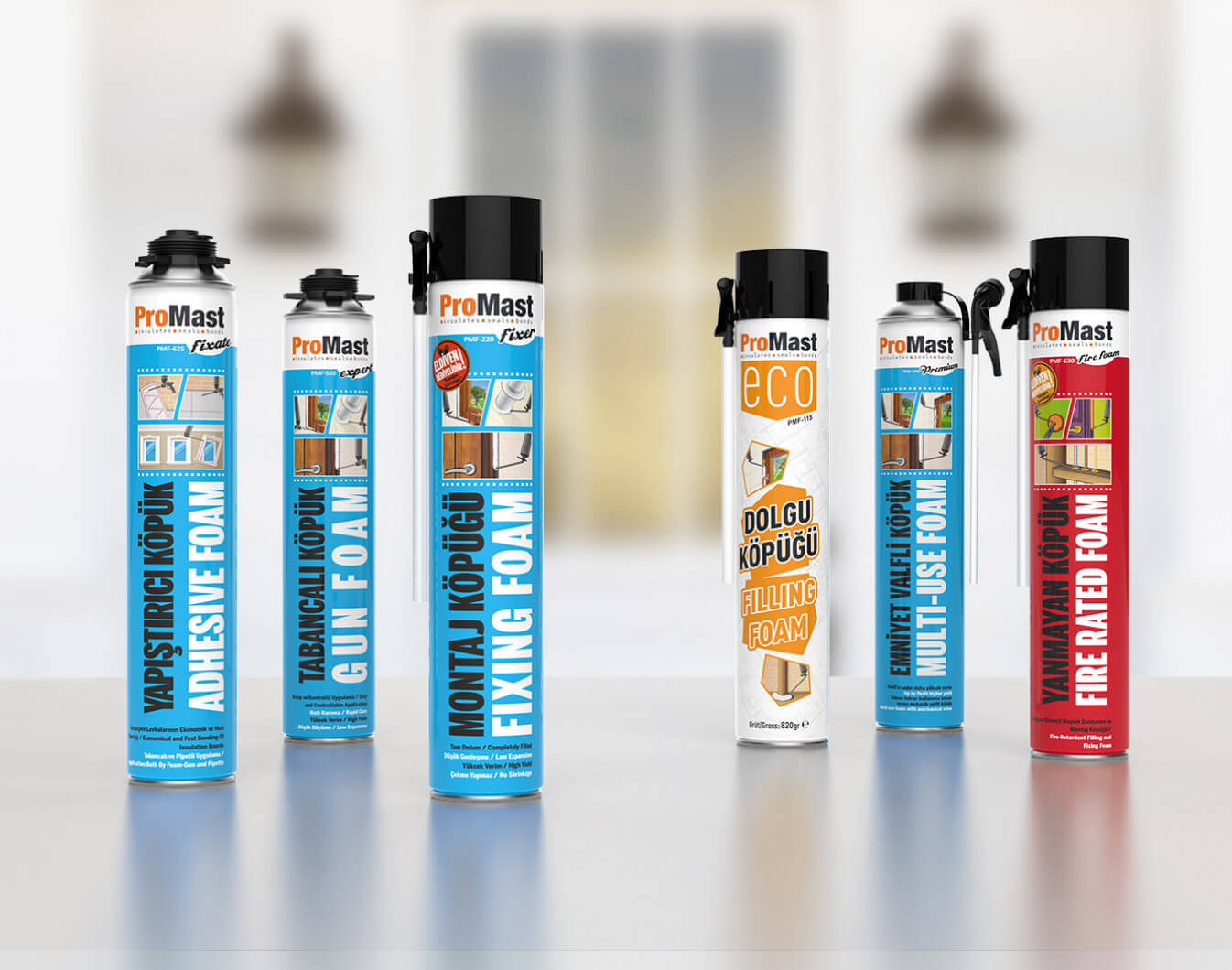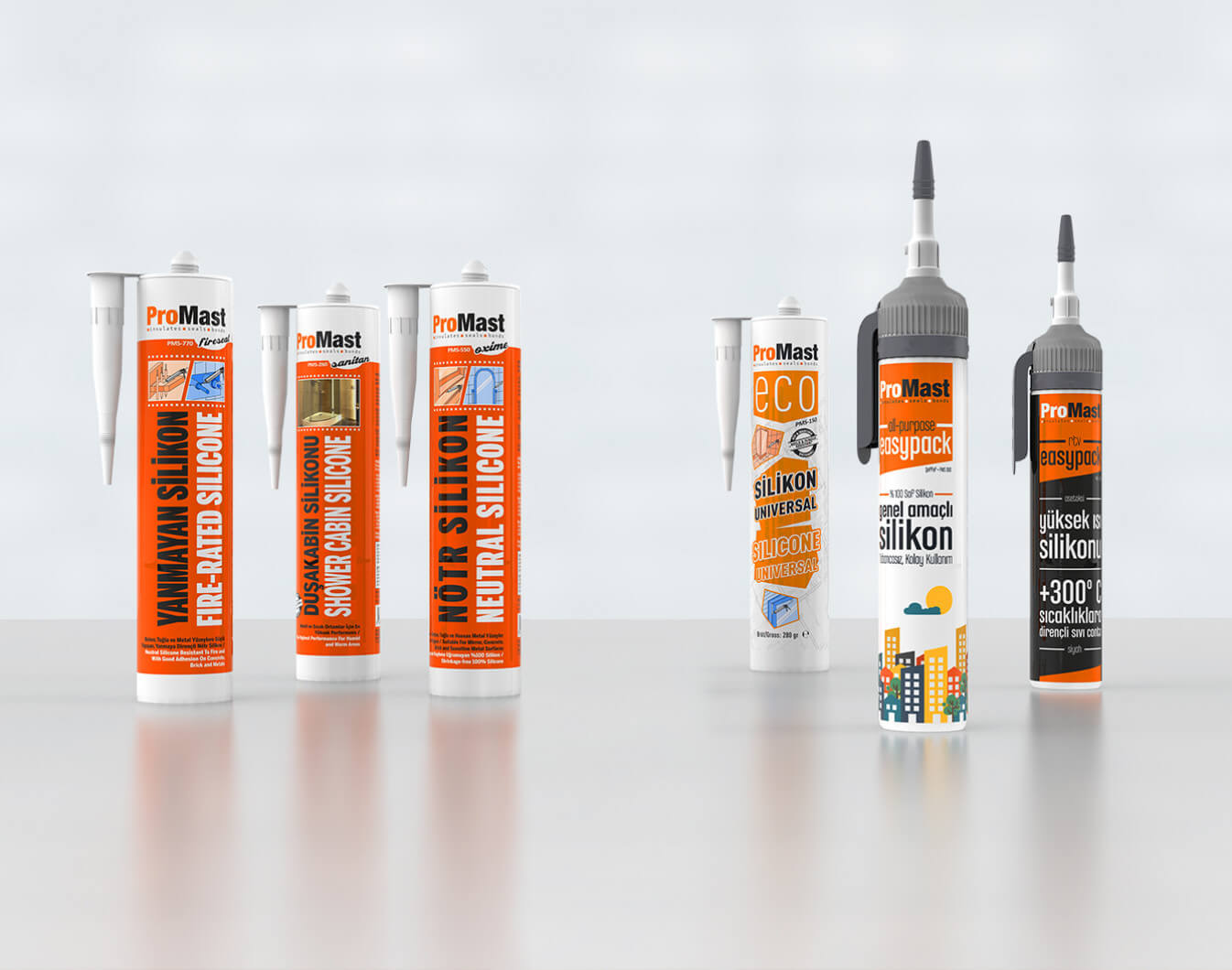What does sealant mean?
A sealant is a material that holds on to two surfaces and blocks water and air passing. They are very durable under harsh weather conditions and lasts very long.
In most places, acrylic-sealants are the most known as sealants. However, it is misinformation. Sealants can be produced from any type of polymers such as silicone, polyurethane, and polysulfide.
What are the disadvantages of water-based sealants?
Firstly, their full dry timing takes a long time since they do not dry through a chemical reaction. Water-based sealants dry through evaporation of the water in them. Their adhesion strength is noticeably weak. They are not flexible enough. Despite all this, they are quite economical.
What is a contact adhesive?
This is a type of adhesive containing a high amount of solvent. After the application on the surfaces to adhere, the solvent is kept waited a while to enable it to evaporate. Then the surfaces are tightly brought together.
Contact adhesives may cause their users to expose to high amounts of solvent. Therefore, they may cause health problems and even addiction to regular users. Their use has notably decreased in recent years.
On the other hand, their alternative, water-based contact adhesives do not meet expectations in many applications in terms of performance.
What does a one-component sealant or adhesive mean?
Adhesives and sealants are one-component products which do not require to be mixed with a hardener/catalyzer before application, and which can dry through evaporation of the water/solvent or by reacting with moisture in the air after being applied alone.
Ease of application is the most important advantage of one-component products. Their main disadvantage is their long drying time.
What is the main basic difference between sealant and adhesive?
Sealants allow movement on the surfaces they applied to. Adhesives are responsible for connecting two surfaces together and they do not allow any movement.
Flexible hybrid adhesives are an exception.
What to expect on high-performance sealants?
A strong adhesion ability to surfaces, sufficient mobility, limited volume loss, and therefore a long service life are the key to high-performance sealants.
What are the common types of sealants?
Approximately 30% of sealants used worldwide are silicone-based sealants. It is followed by PU (polyurethane) sealants by 20%; then acrylic sealants (water-based) around 10% and the polysulfide sealants around 10%.
Choosing hybrid sealants has rapidly increased in recent years. They can be considered among the widely preferred sealants.

